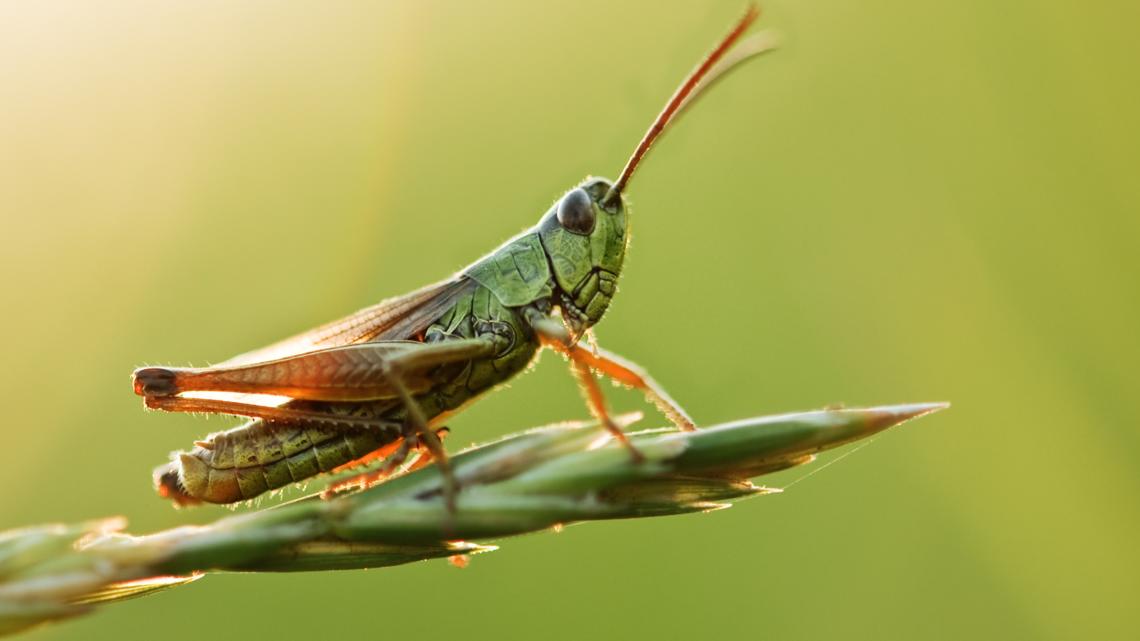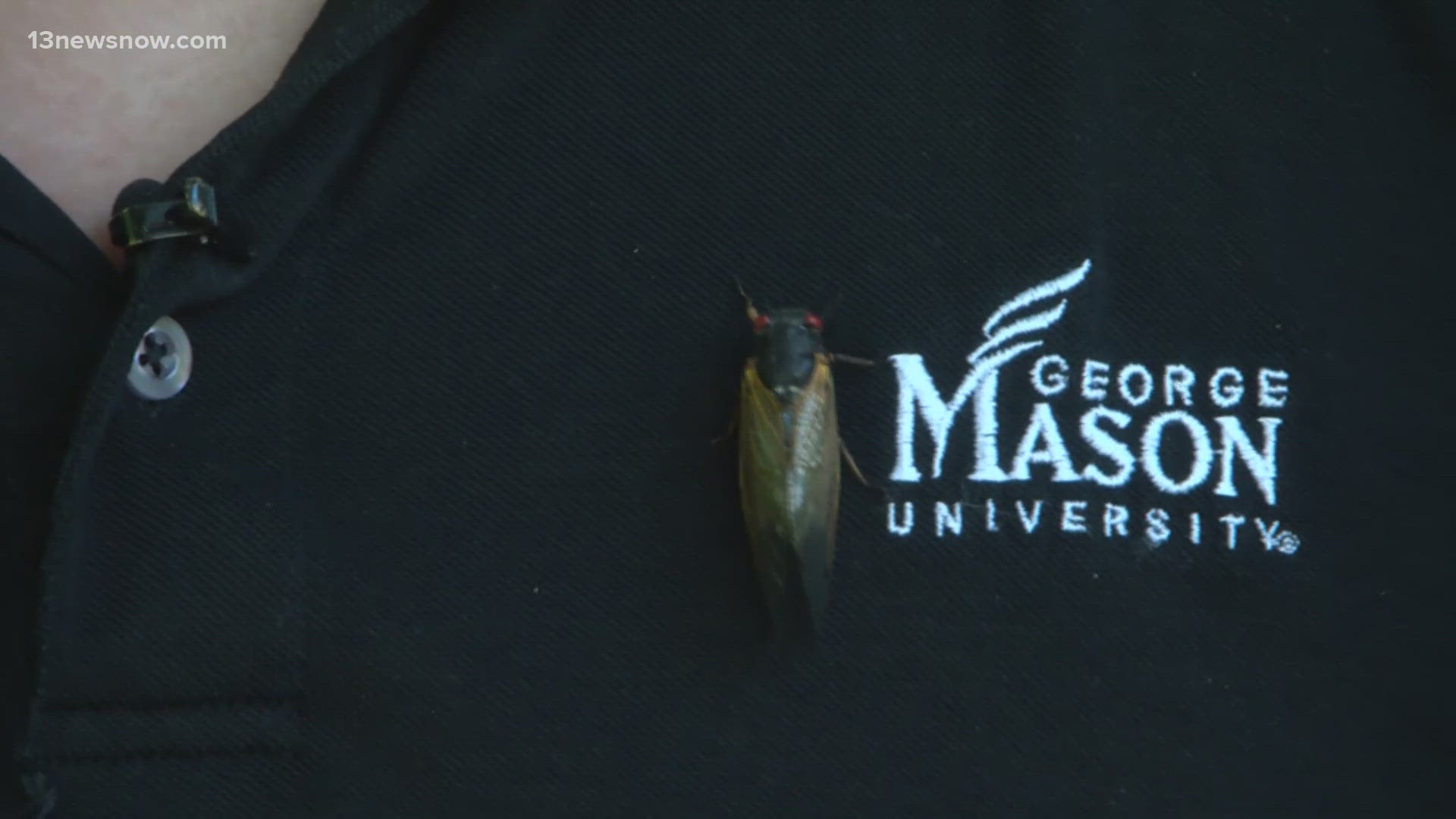VIRGINIA, USA — Cicadas are out in full force across parts of the South and Midwest, as the 13-year Brood XIX and the 17-year Brood XIII are emerging from the ground by the millions.
From late April through June, scattered wooded and suburban areas will ring with cicadas’ distinctive whistling, buzzing, and chirping mating calls. After mating, each female will lay hundreds of eggs in pencil-size tree branches. Then the adult cicadas will die. Once the eggs hatch, new cicada nymphs will fall from the trees and burrow back underground, starting the cycle again.
With the massive number of cicadas appearing all at once, many people are wondering if they're similar to locusts, which are also known to appear as gigantic swarms.
Early American colonists would call cicadas locusts, as they were reminded of the biblical plague of locusts due to the sudden swarming numbers of periodic cicadas.
However, they are two completely different insects. Locusts are actually species of grasshoppers and when they swarm, they can cause massive damage to gardens, crops, and other plant life.


Over time, scientists learned that unlike locusts or other grasshoppers, cicadas don’t chew leaves, decimate crops, or fly in swarms.
Instead, these insects spend most of their lives out of sight, growing underground and feeding on plant roots as they pass through five juvenile stages. Their synchronized emergences are predictable, occurring on a clockwork schedule of 17 years in the North and 13 years in the South and Mississippi Valley.
Experts said cicadas cause the most problems for young trees and nurseries when their mating and nesting weigh down and break branches.
Also unlike locusts, which eat plants, cicadas get their nutrients from sap and small branches. Most trees, however, will remain unharmed and typically aren't a problem for home gardeners.
They don't bite and are safe for people, including children, to hold and handle.
The Conversation contributed to this report.

